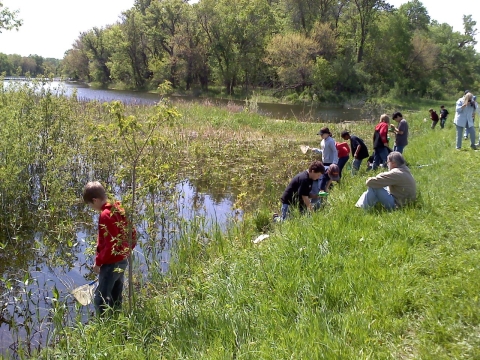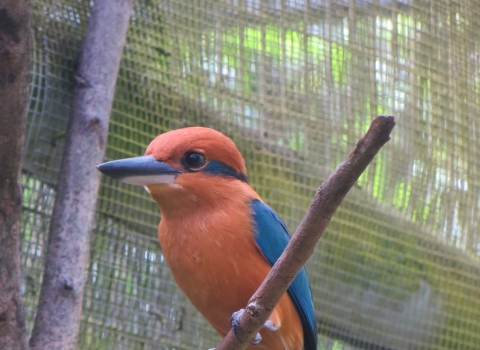World Wetlands Day occurs each year on February 2 to highlight the importance of wetlands to animals and people around the globe. It celebrates the day the Ramsar Wetlands Convention was signed in 1971 (the Convention celebrated its 40th Anniversary last year). The Wetlands Convention promotes the conservation and wise use of wetlands through international cooperation. Today, 1,994 Ramsar sites covering more than 474 million acres have been designated as Wetlands of International Importance.
Here are five things you should know about wetlands:
Wetlands give us drinking water! The groundwater that humans depend on for drinking and other uses is cleaned and purified by wetlands – bogs, marshes, swamps, and other wetland areas actually make our water drinkable. There are about 33 trillion gallons of groundwater in the United States today!
Wetlands provide amazing services that affect everyday life for humans and wildlife. They slow down floodwaters, they help stop erosion on beaches and riverbanks, and they make local weather patterns less extreme.
The United States has 30 Wetlands of International Importance! These sites have received recognition from the international community for their unique biology, incredible diversity, and the important habitat they provide for species that migrate around the world. Ten of these are on National Wildlife Refuges.
Wetlands host a variety of habitats and support a diversity of life including some threatened and endangered species. The Chinook salmon, the Northern spotted owls, and the Roswell springsnail all call wetlands home.
Wetlands are vital to fish and the angler community! Wetlands provide important nutrients and habitat for many different kinds of aquatic animals and help ensure the healthy waterways. According to the 2006 National Survey, fishing contributes $42 billion to the U.S. economy.




